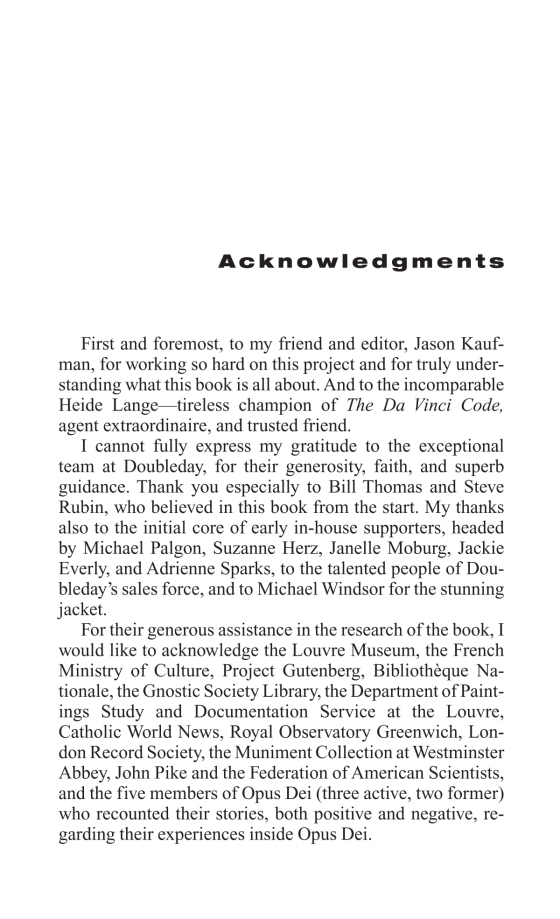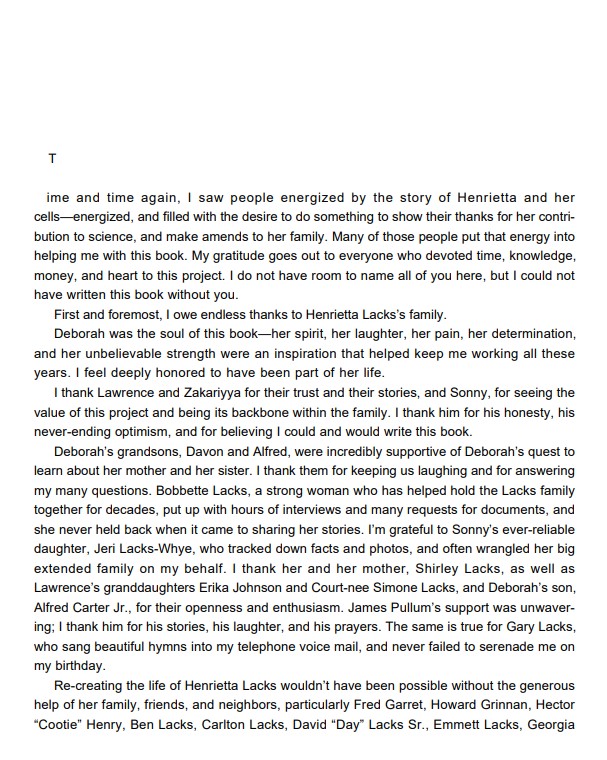Book acknowledgements are a pivotal yet often overlooked section of a book. Nestled within the initial pages, they are usually located just after the copyright page and before the table of contents. Unlike a dedication page, which is a personal note dedicating the book to one or a few individuals, an acknowledgement page is a place where authors can express their gratitude to everyone who contributed to their writing journey.
This section doesn’t reach the spotlight as often as the gripping climax or the insightful introduction. However, it carries a unique weight, signifying a writer’s journey, partnerships, inspirations, and all the unseen efforts that helped bring the book to life. It’s a behind-the-scenes peek that showcases the teamwork it takes to build the solitary craft of a book.
Writers often pen these acknowledgements, extending their thanks to those who’ve been instrumental in their writing process. This could include a variety of individuals or entities – family, friends, editors, publishers, mentors, or even a favorite café where the writer spent hours penning their thoughts.
The beauty of the acknowledgement page in a book is that it isn’t standardized. It can be as brief or comprehensive, formal or personal, as the author wishes. In essence, book acknowledgements are the author’s hat tip to their supportive network, making them an essential, authentic, and heartwarming part of any book.
Deciphering the Acknowledgement Page in a Book: Whom to Thank?
The acknowledgment page in a book isn’t merely a list—it’s a testament to the village that contributed to the author’s creative endeavor. The potential individuals and entities worthy of recognition can be vast, reflecting the diverse range of support an author may receive. Here are some of the key figures that authors often consider acknowledging:
- Family member: This includes parents, spouses, children, or grandparents—who provide emotional sustenance and inspiration, often playing a pivotal role in the writer’s journey.
- Friends: Friends, too, merit a place on this page for their unwavering support and constructive feedback.
- Editors and Designers: Production-related personnel such as the editor, book cover designer, and other essential backstage hands shape the physical and literary aspects of the book, warranting their mention.
- Creative Collaborators: Contributors to the content and collaborators, who’ve added their intellectual wealth to the project, deserve recognition.
- Financial Angels: This includes contributors of financial support, like research grants, enabling the material realization of the book.
- Scholarly Backbone: Academic support or research assistants are the unsung heroes who help with research, fact-checking, and other academic rigors.
- Guiding Lighthouses: Mentors guide, challenge, and fuel an author’s growth, making their acknowledgement worthwhile.
- Supportive Entities: Organizations that have facilitated the author’s journey in any capacity—providing a platform, resources, or networking opportunities—should also be recognized.
How to Write Acknowledgements for a Book: A Simple Guide with Tips and Examples
Writing an acknowledgment section might seem straightforward, but it requires careful thought and genuine expression. To help you craft an impactful and sincere acknowledgement page for your book, here are some key tips, complemented by examples where appropriate:
Begin with the Most Significant Contributions
When arranging your acknowledgments, start with those who contributed the most to your book. Usually, this includes family members, close friends, your editor, or your primary research advisor. It’s crucial to show gratitude to those who were instrumental in your writing journey.
Example: “First and foremost, I express my deepest gratitude to my wife, Amanda, who stood as my unwavering pillar of support during the writing of this book. My sincere thanks also go to my editor, Paul Thompson, for his meticulous reviews and invaluable insights.”
Be Specific in Your Acknowledgements
A well-crafted acknowledgment doesn’t merely name individuals; it also describes their contribution. Be precise about how each person or entity helped you. This makes your acknowledgment more personal and meaningful.
Example: “My thanks extend to my friend, Dr Sarah Gibson, who spent countless hours proofreading the manuscript and providing critical feedback that significantly improved the book.”
Maintain a Professional Tone While Adding Personal Touches
While it’s important to remain professional, don’t hesitate to infuse your acknowledgments with warmth and personal touches. You may include personal anecdotes or share how someone inspired or motivated you. However, always maintain a balance—your acknowledgments should remain appropriate and respectful.
Example: “I want to express my heartfelt appreciation to my mentor, Prof. David Harris. His oft-repeated phrase, ‘Keep pushing the boundaries of knowledge,’ served as my beacon during this project.”
Acknowledge Financial and Institutional Support
If your book involves substantial research, it’s crucial to acknowledge the organizations that provided financial support or resources. This could be a university department, a research foundation, or even a private company.
Example: “This book would not have been possible without the generous research grant provided by the XYZ Foundation and the exceptional resources offered by the Department of Anthropology at ABC University.”
Proofread and Review
Lastly, like any other section of your book, your acknowledgments should be edited and proofread and reviewed. Ensure that you’ve spelled everyone’s names correctly and appropriately acknowledged their contributions. If possible, you might want to let the people you’re acknowledging preview this section.
The acknowledgments section of your book serves as a powerful tribute, honoring the collective endeavor behind your solitary creation. It’s a space that illuminates your writing journey and fosters a profound bond with your readers. Writing acknowledgments with thoughtfulness and sincerity can add depth to your work and show appreciation for those who’ve helped you turn your literary vision into a tangible reality.
Mastering Book Acknowledgements: Stellar Examples from the Literary World
When it comes to crafting book acknowledgments, sometimes a little inspiration can go a long way. Let’s dive into four captivating examples of acknowledgments from published works that shine for their sincerity, depth, and unique style.
“The Da Vinci Code” by Dan Brown

“An enormous debt of gratitude goes to Emily Bestler, Jason Kaufman, Ben Kaplan, and everyone at the Doubleday Publishing Group. I would also like to thank Susan Ludvigson at Transworld Publishers… To Stan Planton, head librarian, Ohio University-Chillicothe, for being Mr Censorship’s worst nightmare… Last but not least, to my mother, Connie Brown—thank you for the cultivation of the creative spark.”
What makes this acknowledgment stand out is its specificity and heartfelt appreciation. Brown not only thanks people and organizations but also specifies their roles, clearly showing each individual’s contribution.
“Eat, Pray, Love” by Elizabeth Gilbert
“I wish to express my heartfelt thanks to the scores of generous individuals who have guided, supported and completed this journey… A more specifically targeted acknowledgment begins with my agent, Sarah Chalfant, and my editor, Susan Kamil, who believed in this project from the beginning… The largest expression of love and acknowledgment goes to my family…”
Gilbert’s acknowledgment page is unique because it conveys warmth and personal touch. She begins with a broad acknowledgment, moving on to more specific ones, and ends with a deep and heartfelt thanks to her family.
“The Immortal Life of Henrietta Lacks” by Rebecca Skloot

“Writing this book would not have been possible without the generous support of many people and organizations. First and foremost, I thank the Lacks family—Deborah Lacks…I am deeply grateful to my editor, Amanda Cook, who believed in this book when it was just a proposal… I thank my agent, Jennifer Joel, who navigated this book through all stages with ease…”
Skloot’s acknowledgments are noteworthy for their attention to detail and the explicit recognition of each contributor’s role. She meticulously thanks everyone involved, ensuring the reader appreciates the collective effort that went into the book’s creation.
“Harry Potter and the Deathly Hallows” by J.K. Rowling
“The acknowledgements page is usually where the author thanks everyone who has helped with the book’s creation. In this case, I’m afraid I will have to break with tradition because there are so many people I want to thank that including them all would require another volume. So instead, I would like to thank one person, an individual who may seem fictional but who has been very real to me for the last seventeen years. To Harry Potter – the Boy Who Lived!”
Rowling’s acknowledgment in the final book of the Harry Potter series is unique. Instead of listing a multitude of names, she thanks just one person – her protagonist, Harry Potter. This unusual, deeply personal thank you reflects the intimate connection between the author and her creation. It’s a reminder that acknowledgments can be a space for authors to express gratitude to people and to the very inspiration that brought their book to life.
In essence, each acknowledgment page is as unique as the book it introduces, reflecting the author’s journey, their unique relationships, and the team effort behind the work. These examples offer a glimpse into the art of crafting meaningful, personal, and compelling book acknowledgements.
A Closing Note on Book Acknowledgements
Our journey through the realm of book acknowledgements has been as enlightening as it has been inspiring. Acknowledgements offer readers an intimate glimpse into an author’s journey, a testament to the behind-the-scenes team effort that transforms a budding idea into a printed book.
Remember, your acknowledgements section is more than just a list—it’s a narrative of your writing voyage. From the first spark of inspiration to the final dot on the manuscript, countless people and institutions often shape a book’s journey. This section is your chance to honor them, offering sincere gratitude for their support and contributions.
Whether you choose to take a more traditional path or follow J.K. Rowling’s unique approach, always ensure your acknowledgements resonate with authenticity and genuine appreciation. Crafting acknowledgements with heartfelt sincerity honors your book’s unseen contributors and fosters a deep connection with your readers, making it a truly enriching part of your book.
As you pen your own acknowledgements, remember to let your heart guide your words. After all, gratitude expressed sincerely and thoughtfully, is one of the most powerful messages we can share with the world.
